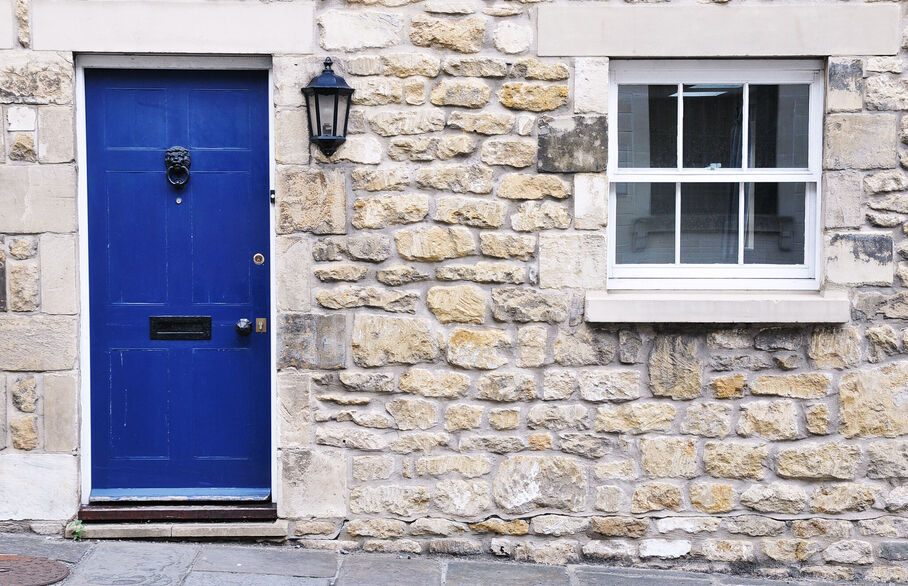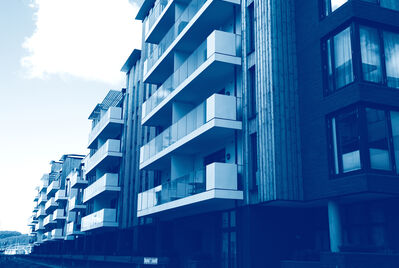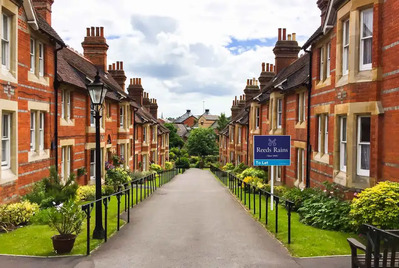
Legionella is a bacteria that can form in water when the temperature is between 20 and 45 degrees Celsius and certain nutrients, such as sludge, scale and rust are present.
In properties, it can form in any kind of hot or cold water systems, including water tanks and air conditioning units. If the legionella bacteria is then inhaled via water droplets, it can cause Legionnaire’s disease – a type of pneumonia that can be fatal if it’s left untreated.
So, as a landlord, it’s vital you protect your tenants by doing all you can to keep your property free from legionella.
What does the law say about legionella checks?
Under the Homes (Fitness for Human Habitation) Act 2018 and the Control of Substances Hazardous to Health Regulations (2002), landlords have a legal responsibility to keep your rented property safe and free from health hazards – of which legionella is one.
The reality is that in a property where the water system is in regular use, the chance of legionella bacteria forming is low, so regular checks are unnecessary. If your rental has a combination boiler and the showers are electric, the risk is even lower because water isn’t being stored.
According to the Health & Safety Executive (HSE): “The practical and proportionate application of health and safety law to landlords of domestic rental properties is that whilst there is a duty to assess the risk from exposure to Legionella to ensure the safety of their tenants, this does not require an in-depth, detailed assessment.”
The law also does not specify how often a risk assessment needs to be carried out - we would recommend it’s done before each new tenancy.
If we fully manage your property for you, this is something we would worry about on your behalf, or if you have a let only package and would like an assessment, we can discuss this with you.
What does a legionella check and risk assessment involve?
The most important check to make is the temperature of both the hot and cold water. This can be done by holding a thermometer under a running tap:
- Hot tap – after one minute, the thermometer should register a minimum of 50 degrees Celsius
- Cold tap – after two minutes, the thermometer should register a maximum of 20 degrees Celsius
For water heaters, the outgoing water can be checked with a surface temperature probe and should be at least 60 degrees Celsius.
As well as recording water temperatures, the assessment should also include:
- A description of the hot and cold water systems
- Confirmation that the cold water tank is free from scale and rust, etc. and the lid is secure
- Whether there are any water outlets that are used less than once a week – such as guest bathrooms
- The location of all showers
- Confirmation that the property is not left unoccupied for extended periods of time.
What documentation should I receive?
While there’s no formal certification required, you should retain a written record of the assessment.
If your property is empty between tenancies, the hot and cold taps should be run and the toilets flushed once a week to minimise the chance of water stagnating. If you have any questions or you currently self-manage and you’d like to discuss our Fully Managed service, just get in touch with your local Reeds Rains branch and one of the team will be delighted to help.
5 key steps to minimise the risk of legionella bacteria forming:
- Flush the system between lets
- Have any pipework that’s no longer in use removed
- Ensure hot water is stored at 60°C
- Check the water temperature during property inspections
- Advise your tenants to regularly clean and disinfect showerheads
For further information on legionella, visit the Health & Safety Executive website.
The Reeds Rains Content Marketing Team



